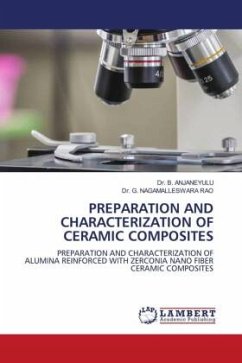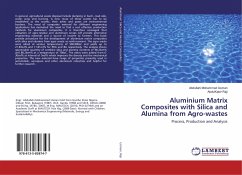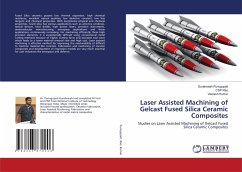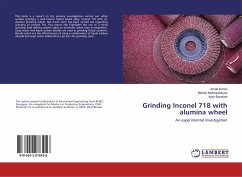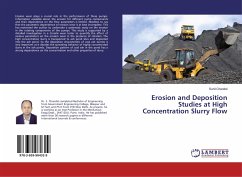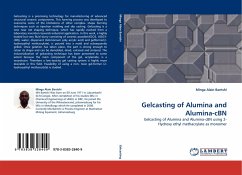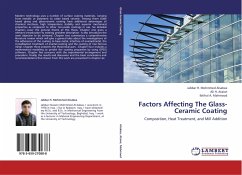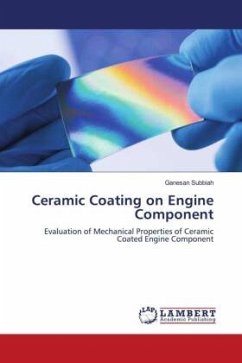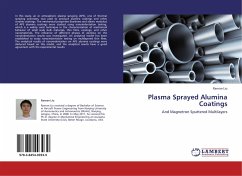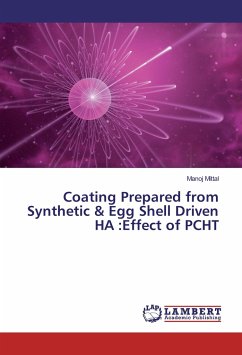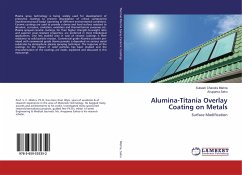
Alumina-Titania Overlay Coating on Metals
Surface Modification
Versandkostenfrei!
Versandfertig in 6-10 Tagen
33,99 €
inkl. MwSt.

PAYBACK Punkte
17 °P sammeln!
Plasma spray technology is being widely used for development of protective coatings to prevent degradation of critical components (machine/structural body) operating at different environmental conditions. Ceramic coatings are used to provide a dense and hard surface resistant to abrasion, corrosion, cavitation, oxidation and thermal barrier purposes etc. Plasma sprayed ceramic coatings, for their higher strength-to-weight ratio and superior wear-resistant properties, are preferred in most tribological applications. One less studied area in case of ceramic coatings is their resistance to solid ...
Plasma spray technology is being widely used for development of protective coatings to prevent degradation of critical components (machine/structural body) operating at different environmental conditions. Ceramic coatings are used to provide a dense and hard surface resistant to abrasion, corrosion, cavitation, oxidation and thermal barrier purposes etc. Plasma sprayed ceramic coatings, for their higher strength-to-weight ratio and superior wear-resistant properties, are preferred in most tribological applications. One less studied area in case of ceramic coatings is their resistance to solid particle erosion. Commercial grade Alumina powder pre-mixed with commercial grade titania powder is deposited on various metal substrates by atmospheric plasma spraying technique. The response of the coatings to the impact of solid particles has been studied and the characterization of the coatings are made, explained and discussed in this manuscript.



